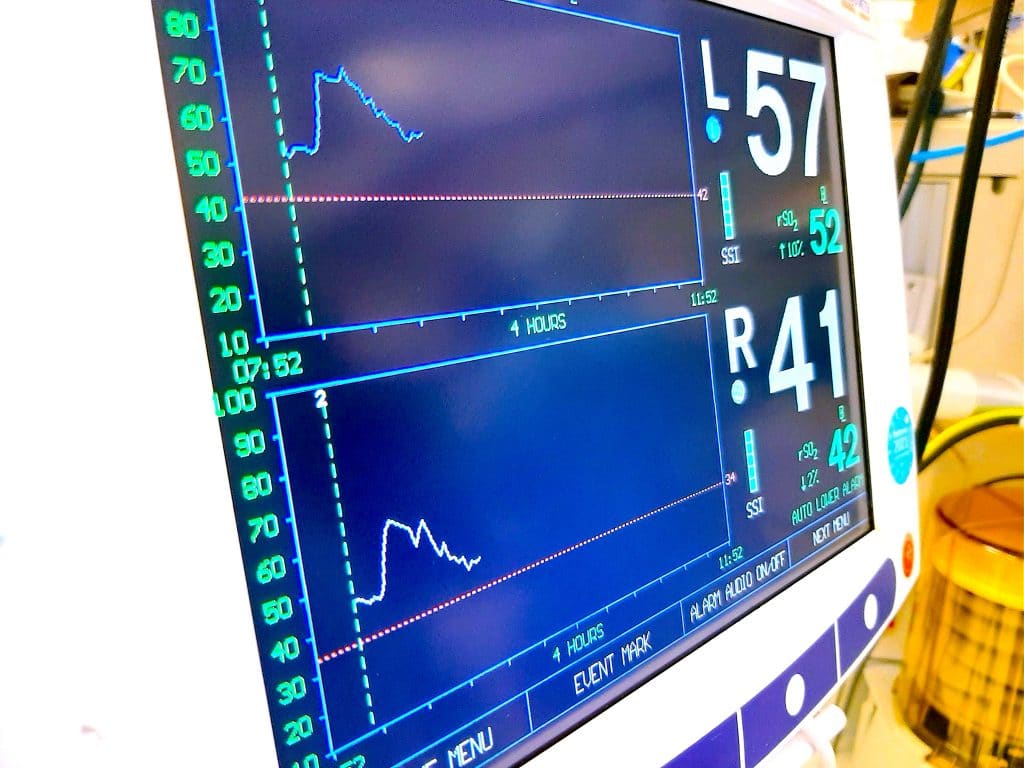Continuous Cerebral and Myocardial Selective Perfusion in Neonatal Aortic Arch Surgery

Background
To assess the feasibility and early outcome of continuous cerebral and myocardial selective perfusion (CCMSP) during aortic arch surgery in neonates.
Methods
We performed a single‐center retrospective study between 2008 and 2019 on neonates who underwent aortic arch surgery with or without associated heart lesion repair. CCMSP with moderate hypothermia levels (28°C) was achieved using selective brachiocephalic artery and ascending aorta cannulation. Target rates of cerebral and myocardial perfusion were 25 to 35 mL/kg/min and 150 ml/m2/min. Cardiopulmonary bypass (CPB) variables and clinical outcomes were analyzed.
Results
Overall, 69 neonates underwent either isolated aortic arch repair (n = 31) or aortic arch repair with ventricular septal defect (VSD) closure (n = 38). Age and weight medians were 8 [6 to 15] days and 3.4 [2.9‐3.5] kg, respectively. Mean CPB and aortic clamping times were 134 ± 47 and 26 ± 5 minutes for isolated aortic arch repair, and 159 ± 47 and 75 ± 30 minutes for aortoplasty accompanied by VSD closure. Mean CCMSP time was 52 ± 21 minutes with cerebral rate of 32.6 ± 10 mL·kg−1·min−1. Overall in hospital survival was 98.5% (68/69). Major complications were: postoperative cardiac failure requiring mechanical support followed by stroke (n = 1; 1.44%) and transient renal failure requiring dialysis (n = 2; 2.89%). Neither myocardial nor digestive complication occurred.
Conclusion
CCMSP is a safe and reproducible strategy for cerebral, myocardial and visceral protection in neonatal aortic arch repair, with or without VSD closure, resulting in low complication and mortality.
